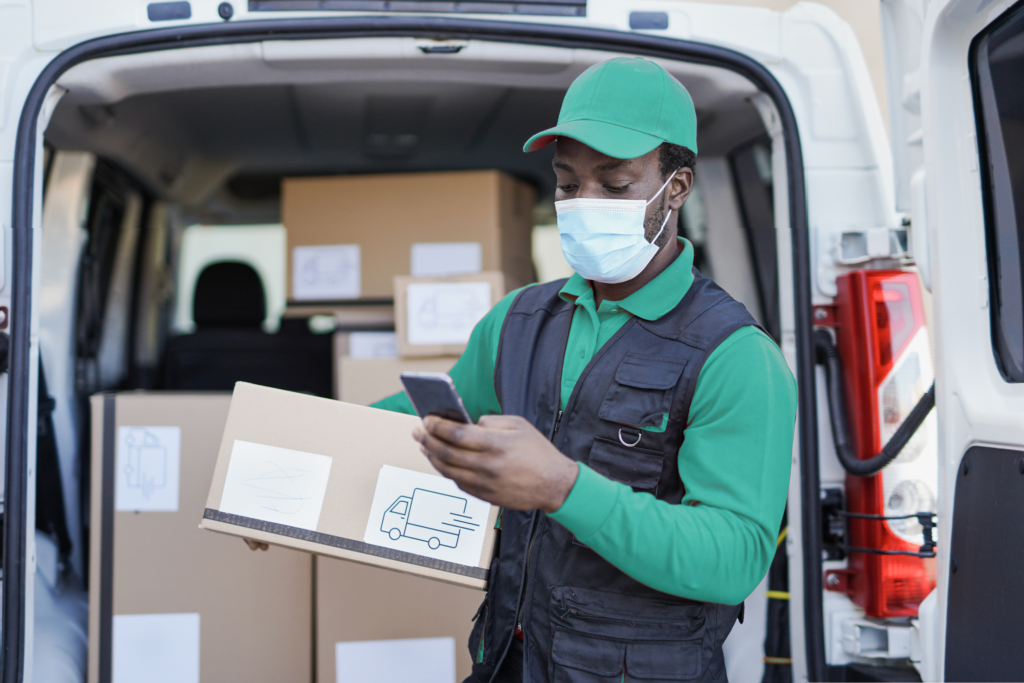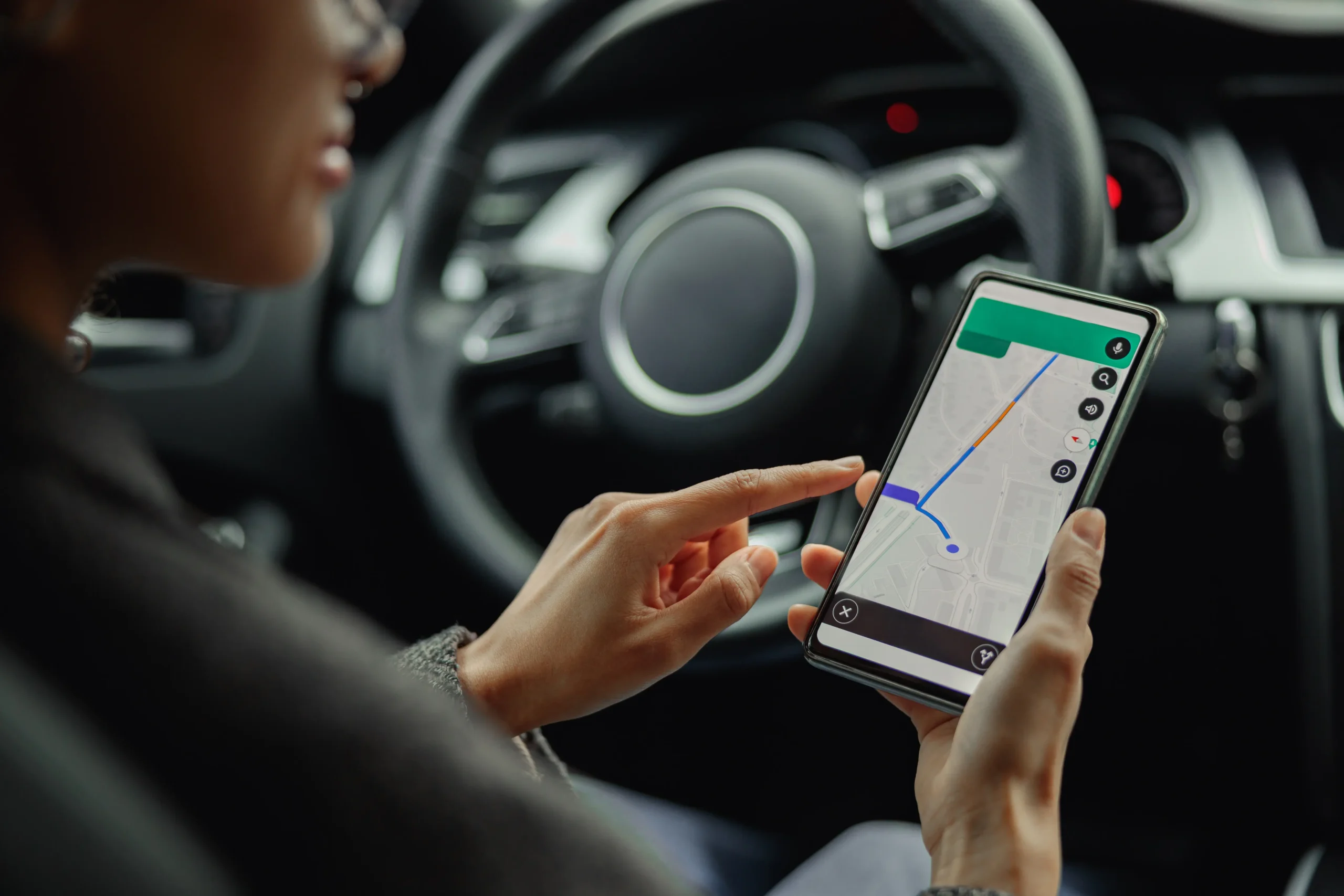How has consumer behaviour shifted since the start of the pandemic?
Even before the pandemic hit, demand for eCommerce was rising steadily.
2020/21’s lockdowns, quarantines and the closing of ‘non-essential’ high-street stores have been the catalyst for exponential growth in online retail.
Customer expectations have risen, alongside the demand for eCommerce.
Online retailers now operate in a buyer’s world.
Consumers’ digital experiences with services like Uber and Netflix have flipped the script: What once was exceptional in retail is now the expectation.
How can online retailers implement technology to help keep up with eCommerce demand?
eCommerce customer service doesn’t end the moment the customer clicks ‘place order’.
Regardless of whether they’re shopping B2B or B2C, consumers today expect on-demand information about their purchases to be instantly available.
The omnichannel shopping experience demands sustainable delivery options that suit the consumer, with order updates always available at their fingertips.
The point of delivery is often the only face-to-face interaction customers will have with your brand, making shipping and fulfilment a major part of today’s customer journey
The nature of online retail can make it difficult to form a personal connection with customers.
Just managing retail operations when juggling sales and inventory across multiple channels is complex enough, without adding in complexities (and the problems associated) like:
- Delivering goods and products in your own vehicles
- Long lead-times between purchase and delivery (as is often the case with furniture)
- Providing assembly or installation services
An integrated software ecosystem, including logistics technology like Stream, as well as inventory & warehouse management software like Mintsoft, enables retailers to not only meet but exceed the on-demand expectations of those consumers.
The systems can literally ‘speak’ to one another in a two-way dialogue, so your customers have access to all the information they could need about their order and delivery, exactly when they need it.
What role will technology play in the future of fulfilment?
There are a number of options available for logistics companies and 3PL providers moving towards a digital-first, technology-driven strategy for managing their warehouses and inventory.
After that order is placed and the goods leave the warehouse though, you need to have the right logistics technology in place. Or risk creating a black hole of information, where your customers have no idea what’s happening with their order until they receive it.
Traditionally, once the buy button is pressed and the customer’s order has been confirmed, it can move through any number of ‘traditional’ processes: Passed into a legacy transport or logistics management system to be planned. Added to a spreadsheet and manually planned using Google Maps. A post-it note stuck onto a board for manual route planning and driver/vehicle allocation. Routes and deliveries planned in someone’s head because they’ve been in the business for years and they ‘know every road in the UK’.
Between that and the order being delivered, there’s one giant black hole of information.
Logistics technology can not only receive order information from those warehouse and inventory management systems, but pass information back the other way about the status of those orders gives you full visibility over your entire operation. Avoid the information black hole, with:
- Up-to-the-moment accuracy on inventory levels across multiple marketplaces
- Real-time updates on the progress of every order on the day of delivery followed
- In-depth reporting to drive business improvements throughout your organisation.
Give retailers and partners full visibility over their orders – and confidence in your ability to deliver superior service to their customers, with order and delivery information available wherever and whenever they need it. Their end consumers or customers can see exactly what’s happening with their order right through the purchase to delivery process.








